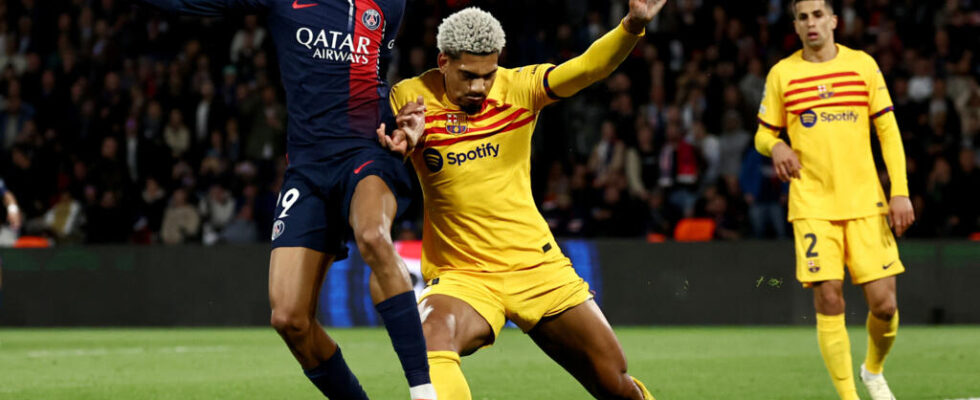The strategy firm Deloitte published a report on Tuesday, June 25, attesting to the good economic health of European football clubs. After a slump due to Covid restrictions, the financial results for the 2022-2023 season are reaching new heights. The overall turnover of clubs on the Old Continent reached 35 billion euros, an increase of 16% compared to the previous season. Even before the pandemic, the financial results were not so dizzying.
4 mins
For the world of soccerCovid-19 is now a distant memory. Stadiums are full again, the threat of season interruptions has been lifted… and the treasuries of European clubs are feeling the pinch. However, the end of health restrictions is not the only factor explaining this considerable rebound. The World Cup in Qatarduring the winter of 2022, also caught the attention of the authors of the report (to consult here).
“ Despite calls for a boycott, the competition was massively watched in Europe. », confides specialist Christophe Lepetit, responsible for economic studies at the Center for Sports Law and Economics. The enthusiasm around football generated by the competition then continued, until it had a beneficial impact on the television audiences of the national championships. Without forgetting that the clubs, deprived of their players for more than a month, received significant financial compensation from the Fifa.
Where does this money come from?
Since the liberalization of the audiovisual market in the early 1980s, broadcasting rights have remained the primary source of revenue for major professional clubs. However, their importance has tended to diminish in recent years, in favor of sponsorship contracts. Firms are indeed prepared to pay more and more to have their name on the jersey or shorts of teams. Finally, ticketing is the last major source of revenue; from then on, we can better understand the salutary effects of the lifting of the latest health restrictions.
The five major championships take the lion’s share
English, Spanish, German, Italian and French clubs alone generate more than half of European football’s turnover. The 2022-23 season saw a 14% increase in their turnover, a figure that peaks at 22% for German and Italian clubs.
Why such a gap between the “Big Five” and the other European championships? Essentially because their notoriety gives them access to certain sources of income – we think first and foremost of TV rights – which remain derisory or non-existent for many other clubs. The Premier League, in fact, is followed on small screens in all four corners of the planet. This is less the case for the Belgian, Portuguese or Dutch championships.
Women’s football is growing rapidly across the Channel
Women’s football is not entirely left out. Benefiting from the fallout from Euro 2022 won at home by the English women’s championship, clubs in the English women’s championship have seen their turnover increase by 50% on average. A dizzying increase, which finds its source in the growing interest of the public. The 2022-2023 season has indeed seen television audiences and stadium attendances jump. Several other European federations have recently launched plans to develop women’s football, but without such convincing results for the moment.
Growing competition, but still far from threatening
The report published by Deloitte not only describes in detail the current, very encouraging situation, but also targets several challenges that European football will have to face in the near future. Beyond the debt problem of several major clubs, the authors’ attention was mainly focused on the increased competition that certain championships from other continents could represent.
Christophe Lepetit explains: the number of TV channels and potential sponsors being limited, a club’s income is necessarily generated to the detriment of others, at least partially. In this context, many eyes are focused on the American and Saudi championships – respectively joined by Lionel Messi And Cristiano Ronaldo recently – both of which have established ambitious development strategies. But their leaders themselves have no illusions. The president of the Saudi Pro League recently announced his goal of joining the ranks of the top ten leagues. “ Even if they fulfilled their objectives, they would therefore remain very far from the major European championships “, summarizes Christophe Lepetit.
In short, the clubs of the Old Continent still have many good years ahead of them.
Also listenSalary, TV rights, supporters… How has football evolved?
